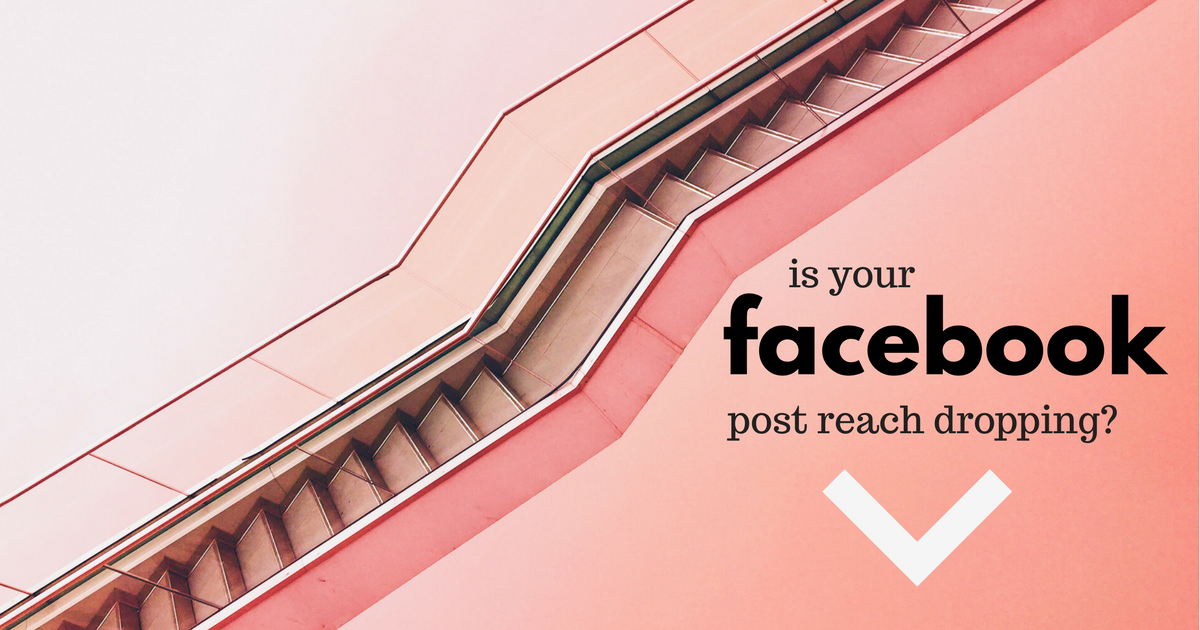Is Facebook Lowering Your Reach? This Could Be Why

In the wake of the Google ad scandal (if it could be called that), Facebook’s implementing a new safeguard against spam. AI-automated processes to identify links to spammy sites or ads in posts.
Here’s an explanation from Facebook’s newsroom:
We hear from our community that they’re disappointed when they click on a link that leads to a web page containing little substantive content and that is covered in disruptive, shocking or malicious ads. People expect their experience after clicking on a post to be straightforward.
There are numerous signals that can get your link posts flagged, and when a post is flagged for linking to a spammy site, its reach significantly drops. If a website’s links are flagged multiple times, they can get blacklisted.
This was just announced Wednesday, and automation will be rolling out the next few months.
Here’s what brands and retailers should be on the lookout for.
Facebook was starting to run low on newsfeed space for ads back in 2016–so it’s only natural that they’re starting to tighten up restrictions on this part of their platform.
The whole purpose of AI automation is to make the newsfeed show high-quality ads that are relevant to users–aka not spam. Facebook’s AI accomplishes this in two ways:
In addition to the AI, Facebook will rely on input from users (from surveys) to update and sharpen their AI algo. They’ll likely also continue to use the data they receive from users marking a post as spam.
This update will apply to the following:
Note: It does not apply to organic posts on Instagram, according to Marketing Land.
In order to avoid being penalized, it’s important to go back to square one and assess all of your ads (as well as your website) to ensure it doesn’t violate any of Facebook’s terms.
Here’s what Facebook expects both from your ads on their platform and from your own website.

Here are two ways Facebook suggests you avoid this penalty:
There are two onsite factors that could result in retailers and brands getting penalized:
Too many pop ups (aka interstitials), too little content, and ads that link to irrelevant pages.
“Irrelevant pages could potentially cause other issues because although you aren’t intentionally spamming shoppers, you will frustrate them if you don’t send them to the page you promised,” points out Casey Edwards, Social Marketing Manager at CPC Strategy. “Your reputation and sales could take a hit.”
Facebook likely won’t penalize a retailer or brand just for having thin content on a page, they’re more likely to penalize them if they have thin content and another problem–like too many pop ups.
Google has already started penalizing sites that employ interruptive pop-ups on mobile. Considering most Facebook users access the platform on their phone, it’s important to rethink your entire onsite pop-up strategy.
